
To celebrate the 75th anniversary of the liberation of Shanghai, a great victory in the modern history of China's revolution, the "National Memory" column of the Chinese Global Program Center of China Media Group and the Documentary Center of Shanghai Radio and Television Station have specially launched a 5-episode series "Battle of Shanghai".
"National Memory" is a key column of China Central Television (CCTV), which is broadcast on CCTV-4 from Monday to Friday at 20:00, with each episode lasting 30 minutes. The program records and tells the history of the struggle of the Communist Party of China, the leap of New China, the history of reform and opening up, and the history of the development of socialism with Chinese characteristics.
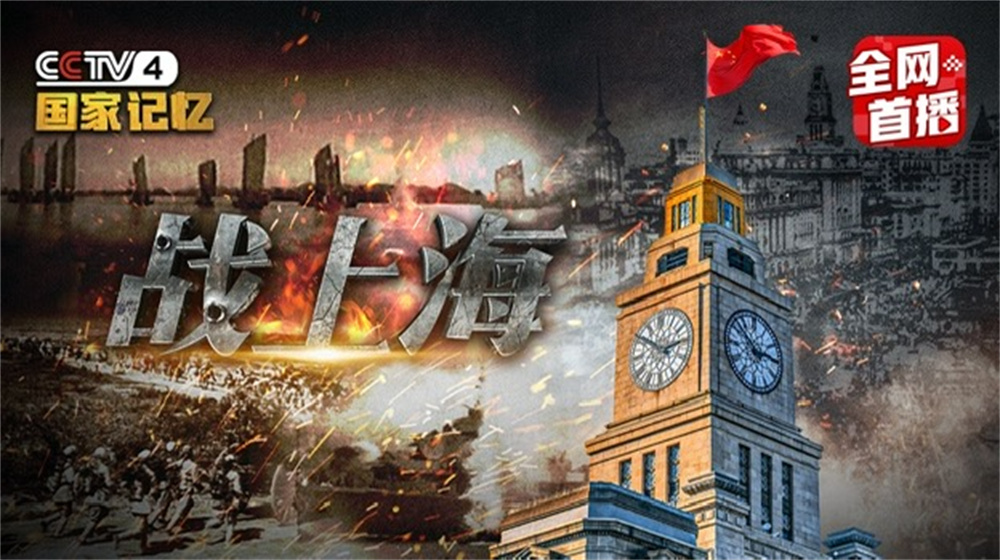
Stills from Battle of Shanghai
Condensed Modern Chinese History
On May 27, 1949, China's largest city, Shanghai, returned to the embrace of the people.
"The fate of Shanghai is actually a microcosm of modern Chinese history." The liberation of Shanghai is of extraordinary significance.
The Battle of Shanghai was a military victory as well as a political victory. It can be regarded as a model of urban siege warfare in the history of our army's operations.
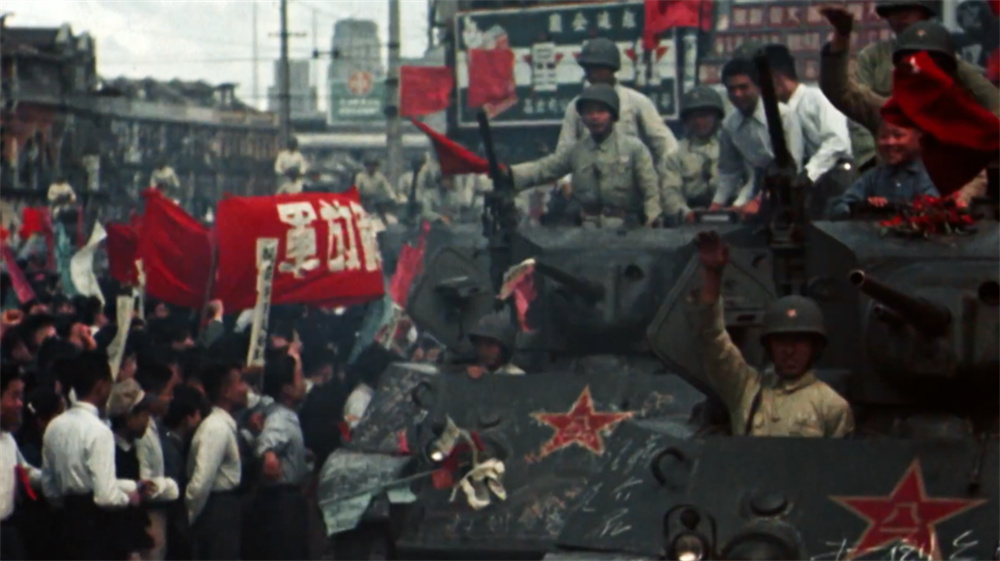
Stills from Battle of Shanghai
This series, for the first time, uses three parallel narrative lines: the Chinese Communist Party, the Kuomintang, and Westerners in China, to show the grandeur of the Chinese revolution in the 1940s in a concentrated, comprehensive, and in-depth way:
The Chinese Communist Party planned, prepared, and was resolute and willing to sacrifice for the people of Shanghai and for the people of Shanghai; the Kuomintang ignored the interests of the people, and was hypocritical and cruel in its wanton destruction and mass killings. In addition to the above two conventional narratives, this series has specially added the views and interpretations of this international event by Westerners in China. A large number of news reports and comments from foreign media at the time were selected to provide an international perspective and news historical materials for this period of history, and to tell the story of the liberation of Shanghai in a rich and layered manner.
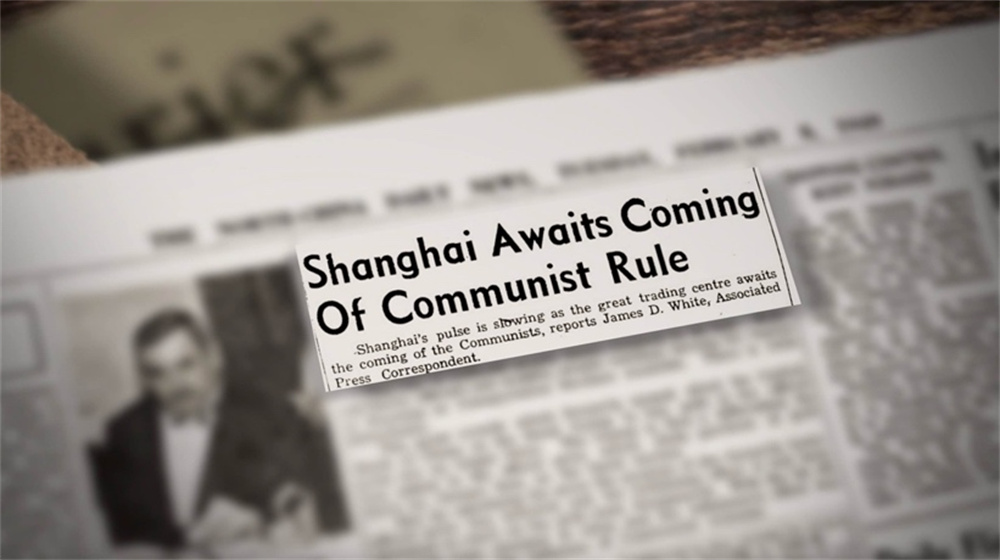
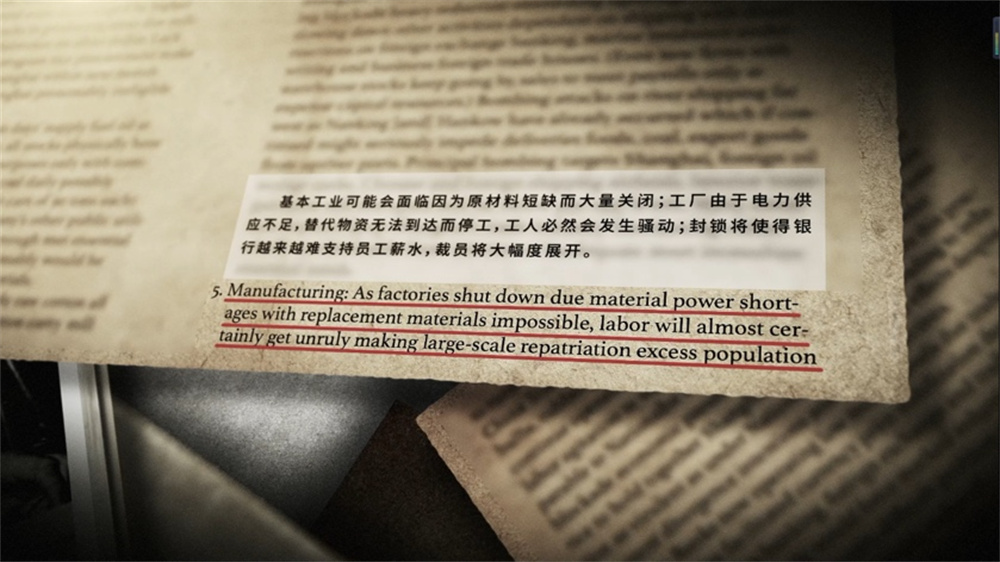
Stills from Battle of Shanghai
A large number of dusty historical images and archives
In addition to the rich narrative perspectives, the precious archival materials are also a major highlight of this series.
In particular, an action map collected in the Jiangsu Provincial Archives, "Report on the Case of the Hu Chong Hong Sheng Robbery and Murder Case and the Sichuan-Hong Kong Assassination Case", was disclosed for the first time since the founding of New China.
A large number of precious historical images and archives, analysis and comments from numerous experts, and accounts from eyewitnesses, present a panoramic view of the ins and outs of the Battle of Shanghai, from the Chinese Communist Party's foresight and strategic planning before the Battle of Shanghai, to the 16 days of bloody fighting by the Chinese People's Liberation Army, to the post-war battle to rebuild the economic order, crack down on bandits and spies, and eliminate troubles and chaos. It vividly reproduces the classic moment when Shanghai was reborn.
Shanghai was the largest city in the Far East at that time, and the liberation of Shanghai also attracted worldwide attention. Therefore, this film is of extraordinary significance, as it is a legend of military and political victory; it is a historical picture scroll engraved by the Chinese people themselves.
Over the past 75 years, Shanghai has undergone tremendous changes. It once faced economic paralysis and declining people's livelihood. Now it has repeatedly climbed to new heights, achieved an unprecedented historical leap, made brilliant achievements that have attracted worldwide attention, and demonstrated the vivid practice of socialism with Chinese characteristics.
Shanghai, this timeless city, will continue to create new legends and write new chapters.
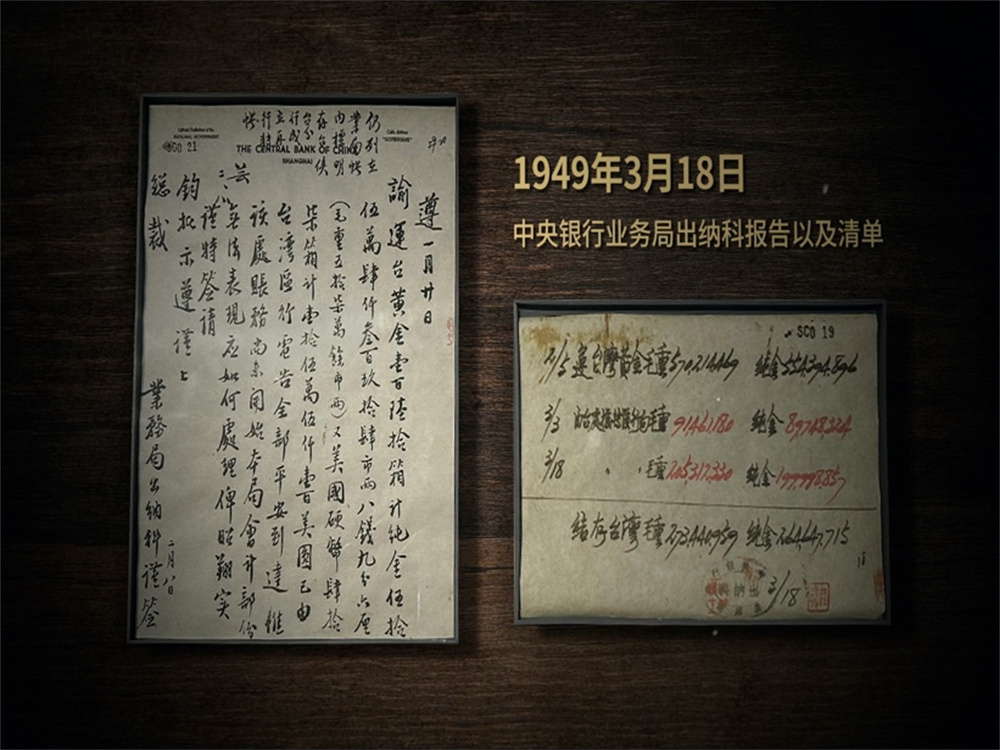
Stills from Battle of Shanghai
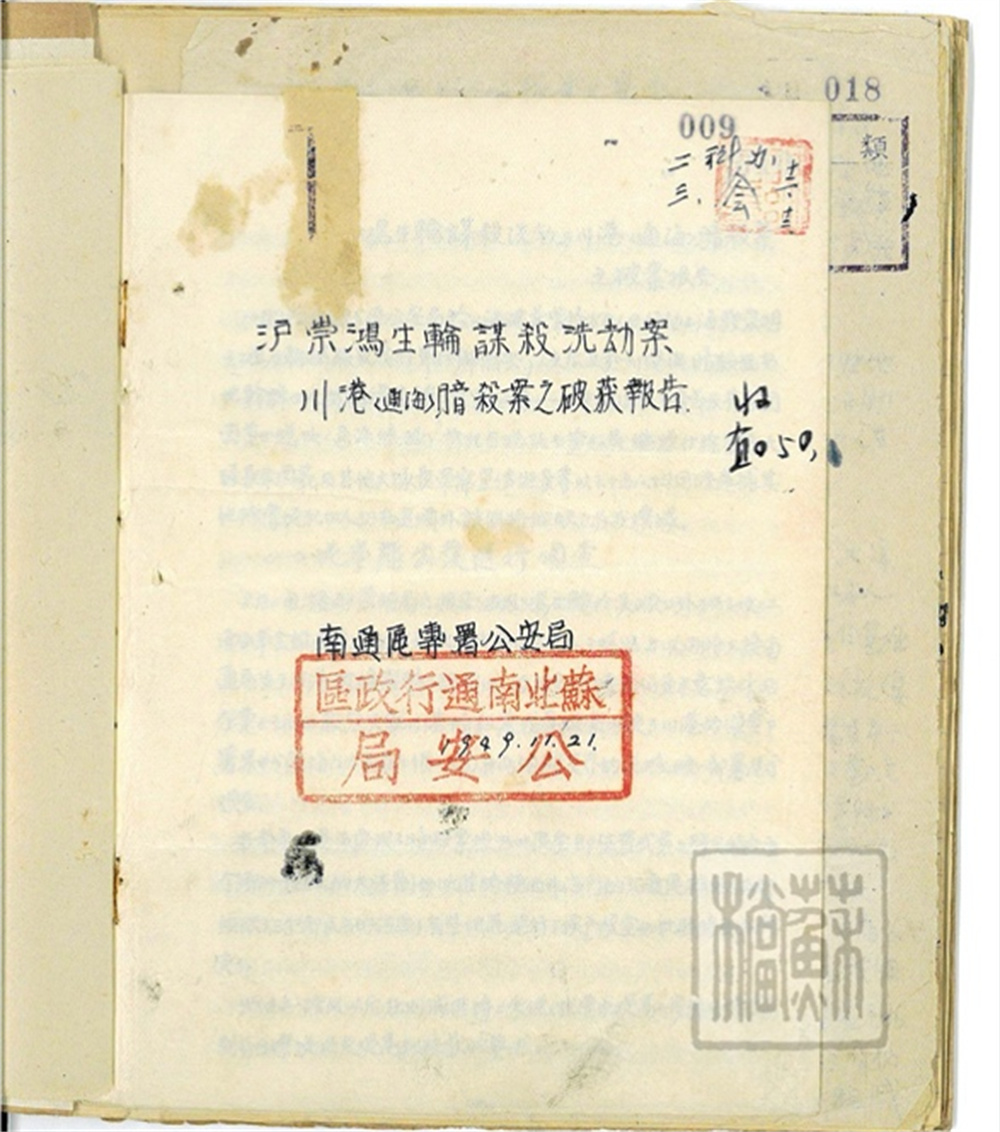
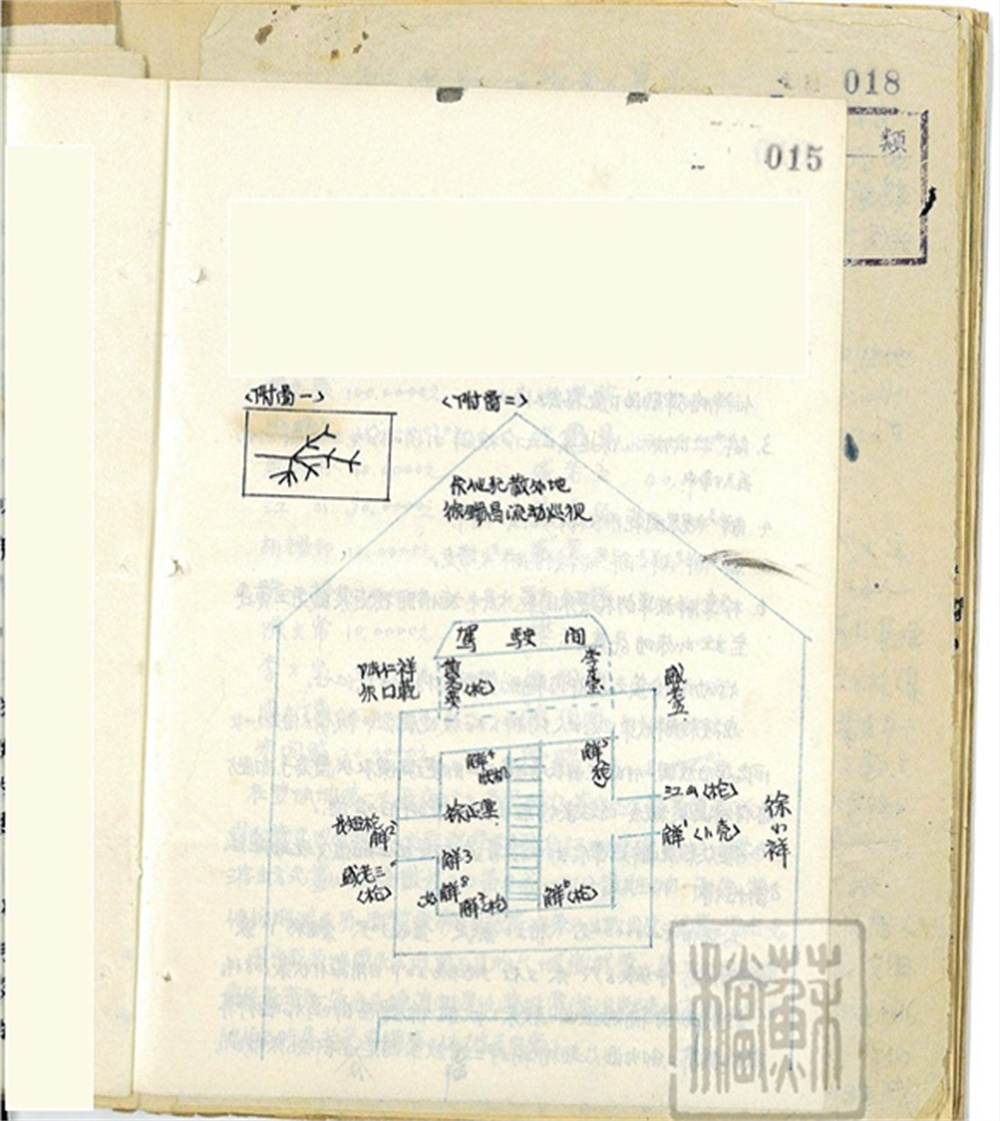
Historical Archives of Battle of Shanghai
Episode Introduction
Episode 1: The Storm Rises
In January 1949, after the Chinese People's Liberation Army had basically liberated the Northeast, East China, and North China, it was determined to "cross the Yangtze River and liberate all of China." The Chinese Communist Party faced the Kuomintang's heavy deployment of troops, possible imperialist interference, and the problem of how the Chinese Communist Party could preserve Shanghai intact. Shanghai became the last hurdle for the Chinese revolution. This episode will tell how the Kuomintang deployed heavy troops south of the Yangtze River and smuggled gold and other materials to Taiwan before the Battle of Shanghai, and a series of retreat plans. At the same time, under the leadership of the Communist Party of China, the Shanghai underground party learned about the Kuomintang's military deployment in Shanghai. The People's Army also dealt a strong blow to imperialism through the Amethyst Incident, making strategic preparations for the liberation of Shanghai.
Episode 2: Strategizing
On April 21, 1949, the Battle of Crossing the Yangtze River began. The Chinese People's Liberation Army defeated the Kuomintang defenders in the "Yangtze River Defense Line" with overwhelming force and quickly liberated Nanjing, heading straight for Shanghai, the largest city in the Far East at that time. However, a few days later, this fast-moving army stopped in Danyang, a small city in Jiangsu, more than 200 kilometers away from Shanghai.
"Liberating Shanghai is not only a military struggle, but also a political struggle." On May 10, 1949, at the Dawang Temple in the south of Danyang City, Chen Yi gave a speech on "Discipline for entering the city" to the cadres who took over. Chen Yi emphasized that "Discipline for entering the city is a prelude to the implementation of the policy for entering the city, and is a gift from the People's Liberation Army to the people of Shanghai."
Episode 3: Towards Victory
Facing the "iron defense line" painstakingly built by Tang Enbo of the Kuomintang army, the CPC Central Committee and the Central Military Commission made careful arrangements for this battle with great international political influence and to protect the safety of Shanghai citizens and the integrity of the city to the greatest extent. The General Front Committee of the Crossing the Yangtze River Campaign formulated three plans, and the Central Military Commission finally selected the third plan - clamping Wusong. On May 12, 1949, the Battle of Shanghai began. After 13 days of peripheral fighting and 3 days of urban assaults, the People's Liberation Army marched forward bloodily, and the underground party mediated. The People's Liberation Army led by the Communist Party of China liberated Shanghai in just 16 days, achieving "military and political victory."
Episode 4: "Difficult Steps"
On May 27, 1949, Shanghai was liberated. However, Shanghai still faced many problems at that time. In a city with a population of 5 million, nearly 80% of the city's factories were shut down, and there was a serious shortage of coal and food, which was only enough for Shanghai citizens to live for half a month. Some capitalists and speculators even threatened that "the Communist Party of China can score 80 points in politics, but only 0 points in economy." Faced with provocations, how can the Communist Party of China gain a foothold in the big city of Shanghai and win this economic war?
Episode 5: A New Life
After the liberation of Shanghai, the Kuomintang army retreated to Zhoushan and sent a large number of bandits to sneak into Shanghai, attempting to shake the foundation of the Communist Party's governance of Shanghai through assassination and bombing. Later, they laid mines at the mouth of the Yangtze River and blocked the Yangtze River waterway, which directly affected the development of Shanghai's shipping, the lives of citizens, and the naval vessels of the East China Military Region. Chiang Kai-shek attempted to increase his chances of "counterattacking the mainland" by cutting off foreign trade. Therefore, the liberation of Zhoushan was urgent. After the February 6 bombing of Shanghai in 1950, the Central Military Commission ordered the Third Field Army to concentrate its forces to completely eliminate the Kuomintang troops entrenched in the Zhoushan Islands. On May 19, 1950, the Zhoushan Islands were completely liberated, and Shanghai ushered in a new situation of stability and peace.